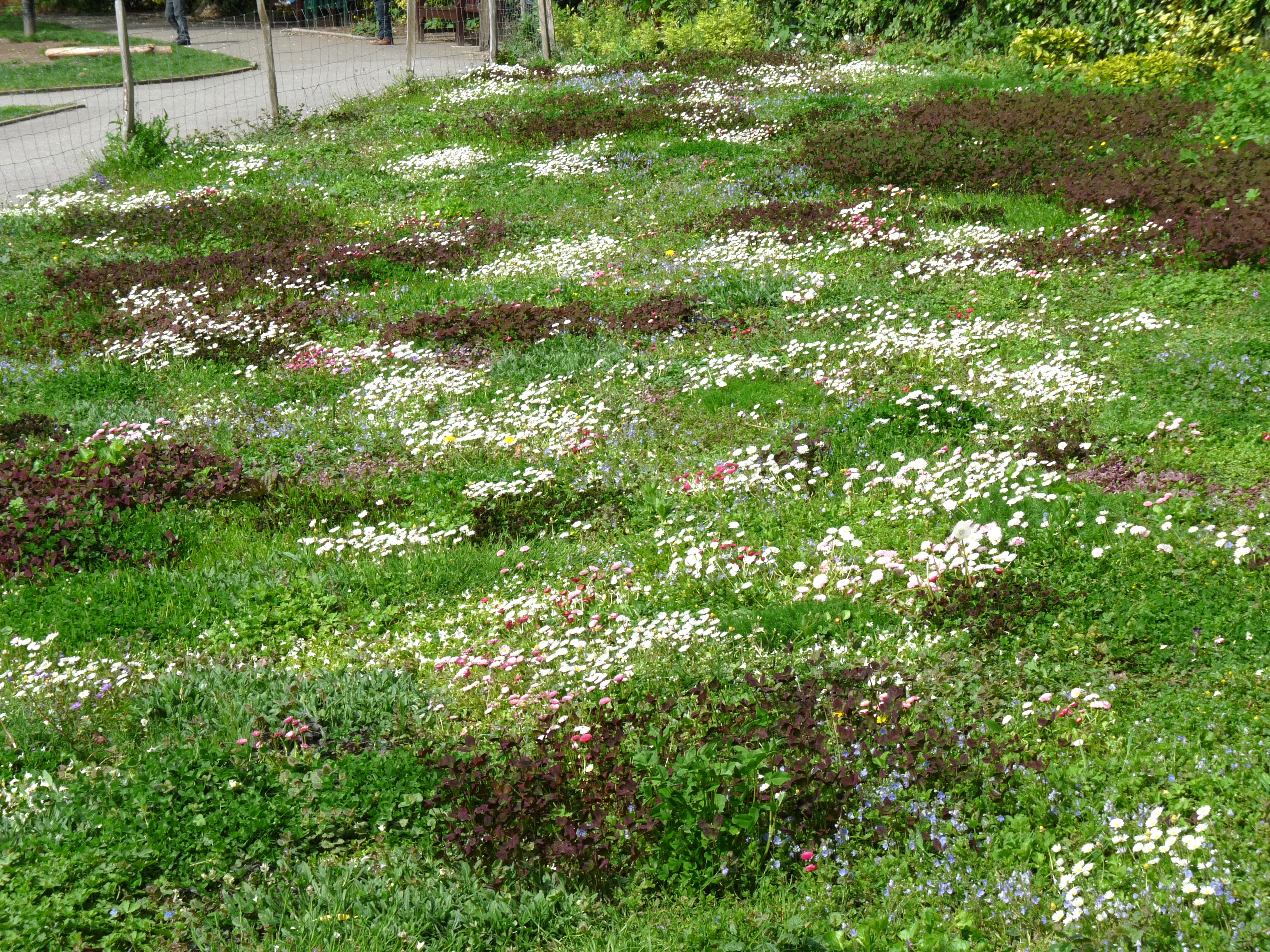Avondale Park on:
[Wikipedia]
[Google]
[Amazon]
 Avondale Park is a small park in the
Avondale Park is a small park in the
 Avondale Park is a small park in the
Avondale Park is a small park in the Royal Borough of Kensington and Chelsea
The Royal Borough of Kensington and Chelsea is an Inner London borough with royal status. It is the smallest borough in London and the second smallest district in England; it is one of the most densely populated administrative regions in the ...
, London
London is the capital and largest city of England and the United Kingdom, with a population of just under 9 million. It stands on the River Thames in south-east England at the head of a estuary down to the North Sea, and has been a majo ...
, England
England is a country that is part of the United Kingdom. It shares land borders with Wales to its west and Scotland to its north. The Irish Sea lies northwest and the Celtic Sea to the southwest. It is separated from continental Europe b ...
, between Walmer and Sirdar Roads. It has a mix of formal gardens, sports facilities and lawns. Notably, it is home to what is believed to be Britain's first floral lawn.
The park is named after the late Duke of Clarence and Avondale
Duke of Clarence and Avondale was a title awarded to a prince of the British royal family; the creation was in the Peerage of the United Kingdom.
'Clarence' is believed to refer to Clare in Suffolk; 'Avondale' refers to the valley of the Avon Wa ...
.
Floral lawn
The lawn is made just of floweringdicot
The dicotyledons, also known as dicots (or, more rarely, dicotyls), are one of the two groups into which all the flowering plants (angiosperms) were formerly divided. The name refers to one of the typical characteristics of the group: namely, t ...
s include lawn chamomile
Chamomile (American English) or camomile (British English; see spelling differences) ( or ) is the common name for several plants of the family Asteraceae. Two of the species, ''Matricaria recutita'' and ''Anthemis nobilis'', are commonly us ...
, thyme
Thyme () is the herb (dried aerial parts) of some members of the genus ''Thymus'' of aromatic perennial evergreen herbs in the mint family Lamiaceae. Thymes are relatives of the oregano genus ''Origanum'', with both plants being mostly indigenou ...
, Corsican mint
''Mentha requienii'', or Corsican mint, is a herb and species of mint, native to Corsica, Sardinia, and Montecristo Island, and naturalized in Portugal and in the British Isles. It is a very low-growing species with bright green leaves and a ...
, daisies, red-flowering clover, yarrow
''Achillea millefolium'', commonly known as yarrow () or common yarrow, is a flowering plant in the family Asteraceae. Other common names include old man's pepper, devil's nettle, sanguinary, milfoil, soldier's woundwort, and thousand seal.
The ...
, pennyroyal and bugle
The bugle is one of the simplest brass instruments, normally having no valves or other pitch-altering devices. All pitch control is done by varying the player's embouchure.
History
The bugle developed from early musical or communication ...
. The lawn is the result of collaboration between the Council and Lionel Smith, a PhD researcher at the University of Reading.
The aim of the lawn is to enhance the biodiversity of the Park by providing foraging habitats for a variety of pollinator species. This is particularly important for bees and butterflies which are in decline mainly due to loss of habitat, food sources, and the use of pesticides.
Facilities
The park has a multi-use sports area which can be used for football, netball and tennis, a children's play areas and public toilets.History
The park was created in 1892. Before then the area had been a fetid pool known as "The Ocean". This area of slurry was part of the Piggeries. The area was purchased from the Adams family in 1889. After the area was filled in and terraformed the park was formally opened on 2 June 1892.References
1892 establishments in England Protected areas established in 1892 Parks and open spaces in the Royal Borough of Kensington and Chelsea {{London-geo-stub